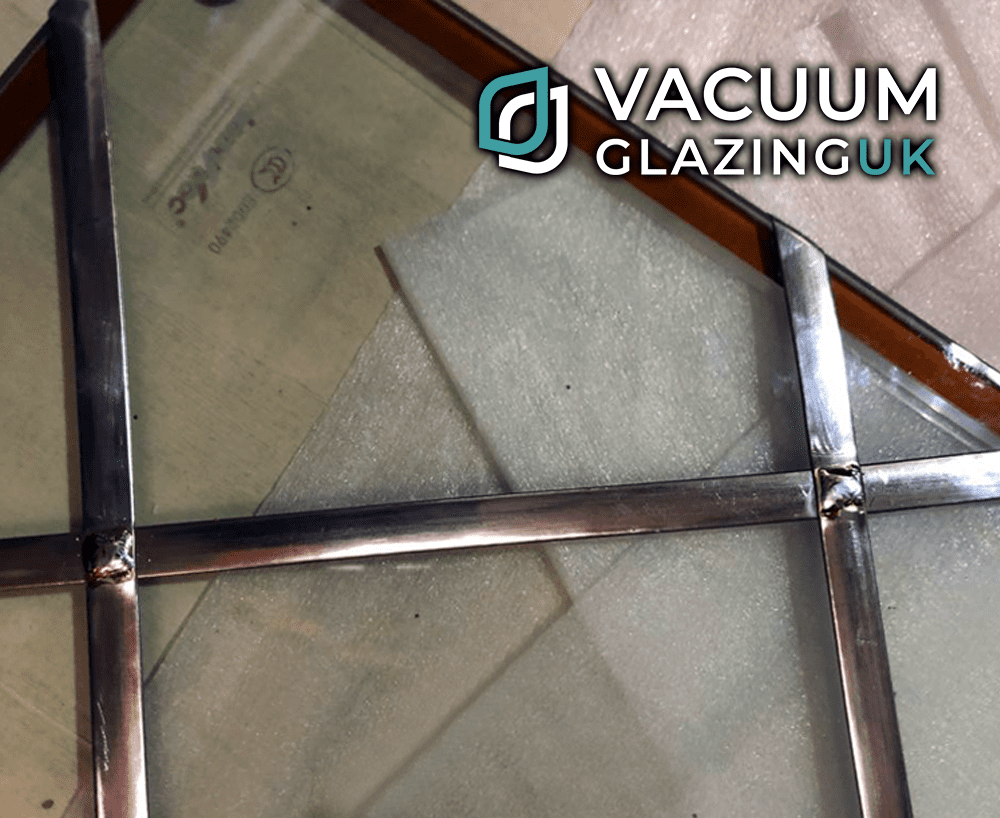
Leaded Glass and Vacuum Glazing
Discover the fusion of tradition and innovation with vacuum glazing. Explore the possibilities of incorporating leadwork into vacuum glazing designs for a captivating blend of craftsmanship and energy efficiency.
What is Leaded Glass?
Leadwork on glass, commonly known as lead lights or leaded glass, has a rich history in the United Kingdom. Dating back centuries, this traditional craft involves the use of lead cames to hold individual pieces of glass together, forming intricate designs and patterns.
A Brief History of Leaded Glass
The origins of leadwork can be traced to the medieval period when stained glass windows adorned churches and cathedrals. These early examples showcased religious scenes and symbols, often featuring vibrant colours and intricate detailing. The craftsmanship of medieval glaziers laid the foundation for the development of leaded glass techniques.
During the Tudor and Elizabethan eras, leaded glass gained popularity among the affluent in England. It was used not only in ecclesiastical settings but also in grand houses and manor homes. The designs evolved to include heraldic motifs, floral patterns, and ornate geometrical arrangements.
The 17th and 18th centuries witnessed a shift in leadwork styles, influenced by the Renaissance and Baroque periods. Elaborate decorative elements, such as swags, garlands, and architectural details, adorned the leaded glass windows of stately homes and public buildings.
In the 19th century, the Victorian era brought about a resurgence of interest in leaded glass. Gothic Revival and Arts and Crafts movements embraced the craftsmanship of leadwork, with notable architects like Augustus Pugin and William Morris championing its use. Leaded glass panels were incorporated into doors, windows, and interior features, reflecting the intricate designs and romantic aesthetics of the period.
The early 20th century witnessed the rise of Art Nouveau and Art Deco styles, which also embraced leaded glasswork. These movements introduced flowing lines, nature-inspired motifs, and geometric patterns into leaded glass designs, showcasing the versatility and adaptability of the craft.
Despite the introduction of modern architectural styles and the availability of alternative materials, leaded glass continues to be appreciated and practised in the UK today. Artisans, conservationists, and contemporary artists continue to create stunning leaded glass windows, panels, and decorative objects, honouring the heritage and beauty of this traditional craft.
From its humble beginnings in medieval churches to its diverse applications in domestic and public spaces, leadwork on glass has left an indelible mark on the architectural and artistic history of the United Kingdom, embodying the creativity and skill of generations of craftsmen.
A Timeline: The History of Lead Lights or Leadwork on Glass in the UK
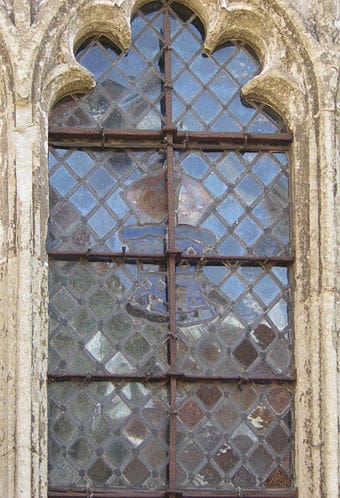
12th – 14th Century: Origins in Medieval Artistry
– Leadwork on glass emerges as a craft, adorning churches and cathedrals with stained glass windows.
16th Century: Tudor and Elizabethan Era – Leaded Glass for the Affluent
– Leaded glass gains popularity among the affluent in England, featuring heraldic motifs, floral patterns, and ornate geometrical arrangements.
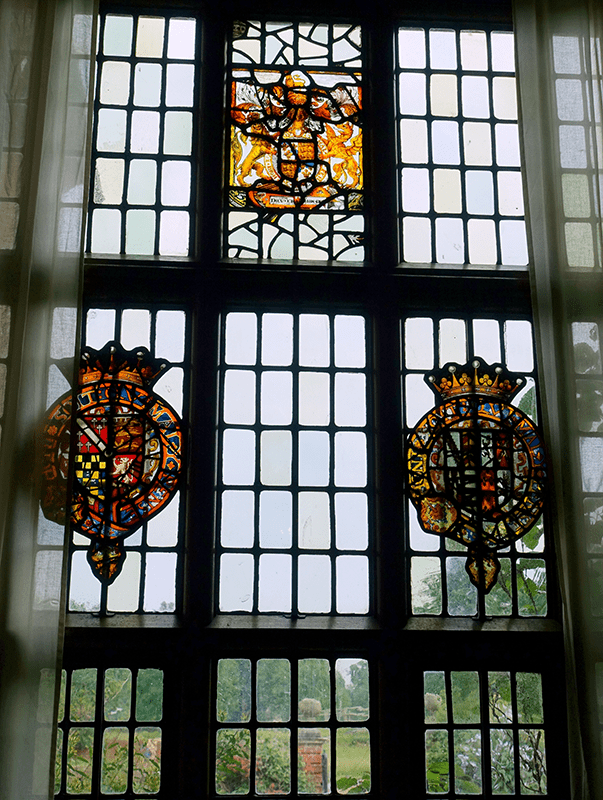
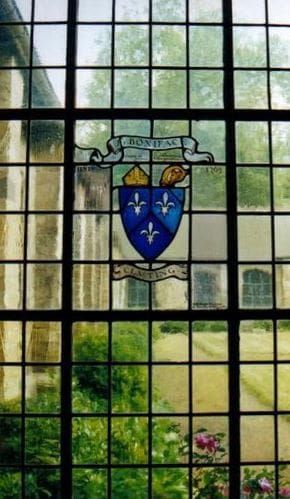
17th – 18th Century: Evolution
– Leadwork styles shift, influenced by the Renaissance and Baroque periods, incorporating elaborate decorative elements into windows of stately homes and public buildings.
19th Century: Victorian Revival
– The Victorian era sparks a renewed interest in leaded glass, with Gothic Revival and Arts and Crafts movements embracing the craftsmanship of leadwork.
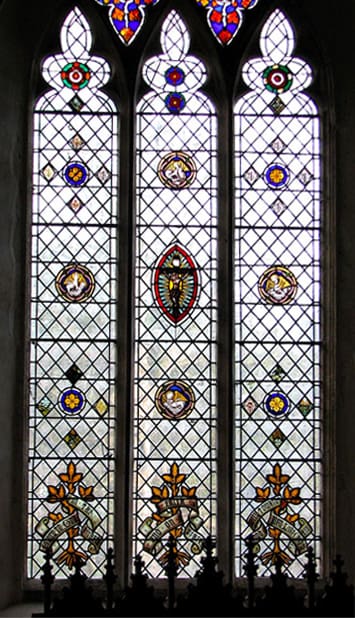
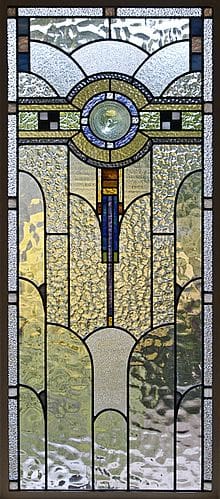
20th Century: From Art Nouveau to Art Deco
– Leaded glasswork evolves in line with Art Nouveau and Art Deco styles, introducing flowing lines, nature-inspired motifs, and geometric patterns into designs.
Present Day: Continued Appreciation and Practice
– Leaded glasswork remains appreciated and practised in the UK today, with artisans and contemporary artists creating stunning windows, panels, and decorative objects.
Preserving Heritage and Creativity
– Leaded glasswork has left an indelible mark on the architectural and artistic history of the United Kingdom, embodying the creativity and skill of generations of craftsmen.
Vacuum Glazing have Leadwork?
Q: Can leadwork be added to vacuum glazing?
A: Yes, it is possible to incorporate leadwork with soldered joints into vacuum glazing installations.
Q: What is leadwork in the context of vacuum glazing?
A: Leadwork refers to the use of lead strips or cames to create decorative patterns or structural support within the glazing unit. It is a traditional technique commonly used in stained glass windows.
Q: How does leadwork work with vacuum glazing?
A: Lead strips or cames are carefully applied over the unit to make it appear as though it is made of individual pieces of glass. The lead is then soldered at the joints to create a secure and visually appealing design.
Q: What are the benefits of incorporating leadwork into vacuum glazing?
A: Adding leadwork to vacuum glazing can enhance the aesthetic appeal of the windows, allowing for intricate designs and decorative patterns. It also allows listed buildings that would have originally had leaded glass installed to authentically upgrade to more efficient windows.
Q: Is leadwork compatible with the energy-efficient properties of vacuum glazing?
A: Yes, leadwork can be combined with vacuum glazing without compromising its energy efficiency. The vacuum insulation remains intact, providing excellent thermal performance, while the leadwork adds a decorative element.
Q: Are there any considerations for maintenance or care of leadwork in vacuum glazing?
A: Regular inspection and maintenance of the leadwork are recommended to ensure its longevity. Periodic cleaning and occasional re-soldering of joints may be required to maintain its appearance and structural integrity.
Q: Can leaded glass be customised to suit specific design preferences?
A: Absolutely! Leadwork allows for immense design flexibility, enabling customisation to match individual preferences, architectural styles, or historical restoration requirements.
Please note that it’s essential to consult with professionals experienced in vacuum glazing and leadwork to ensure proper installation and adherence to safety guidelines.
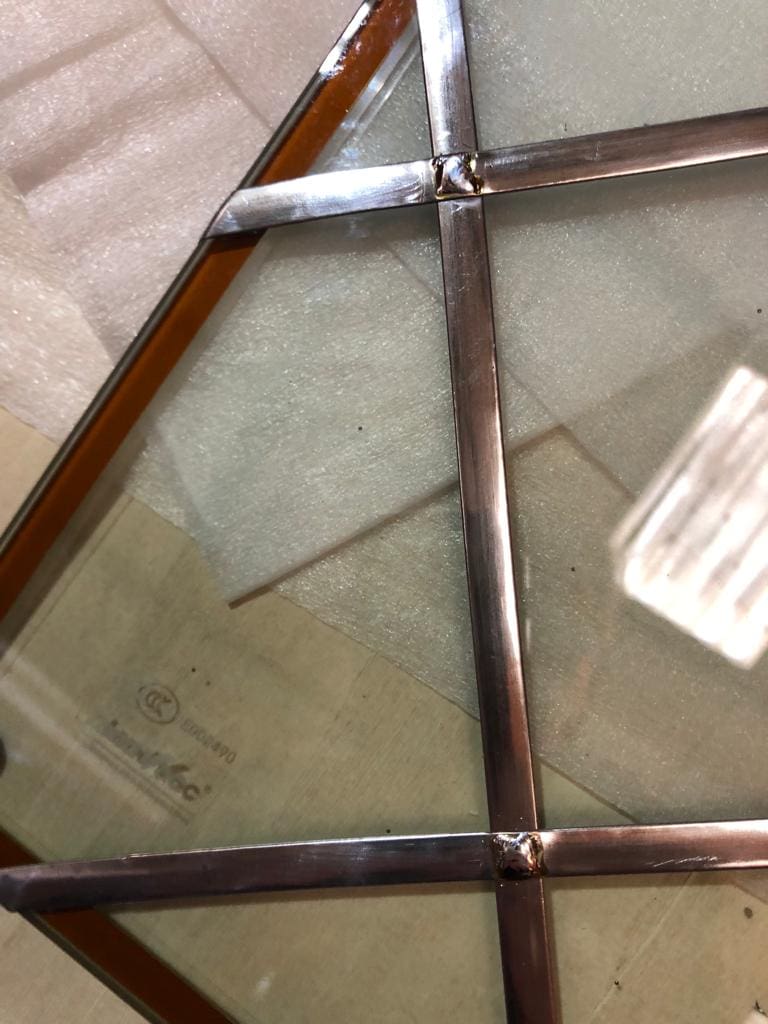
Further Reading:
https://en.wikipedia.org/wiki/Leadlight